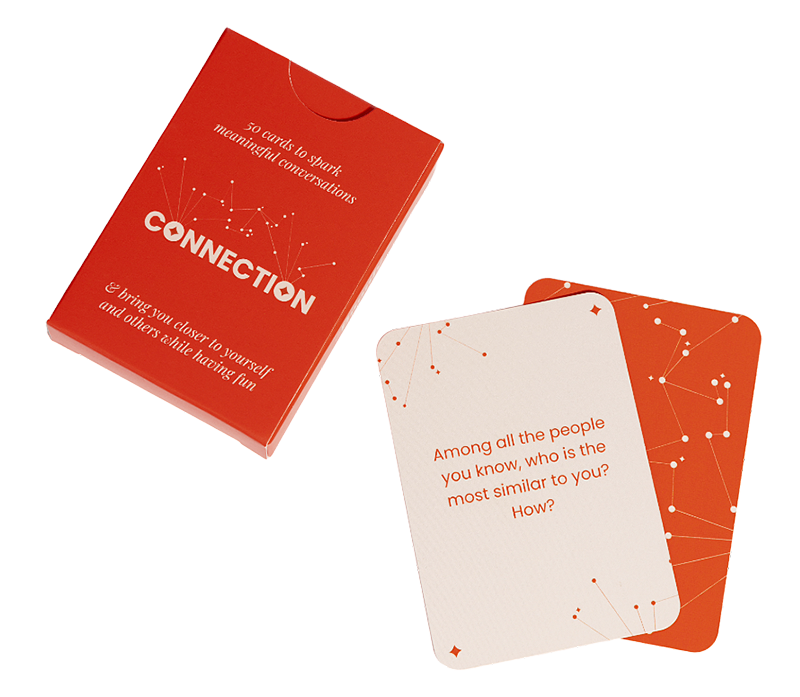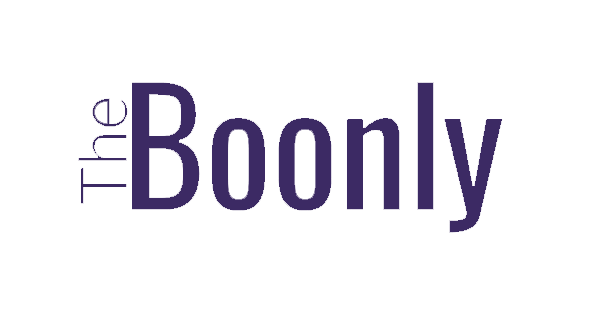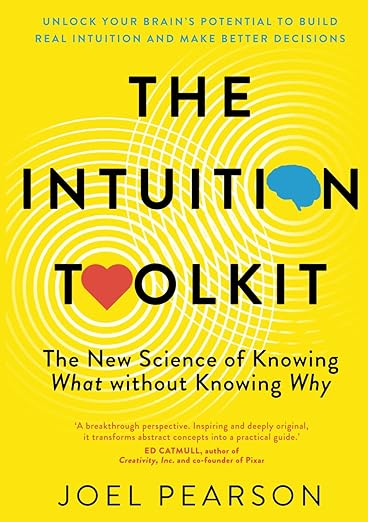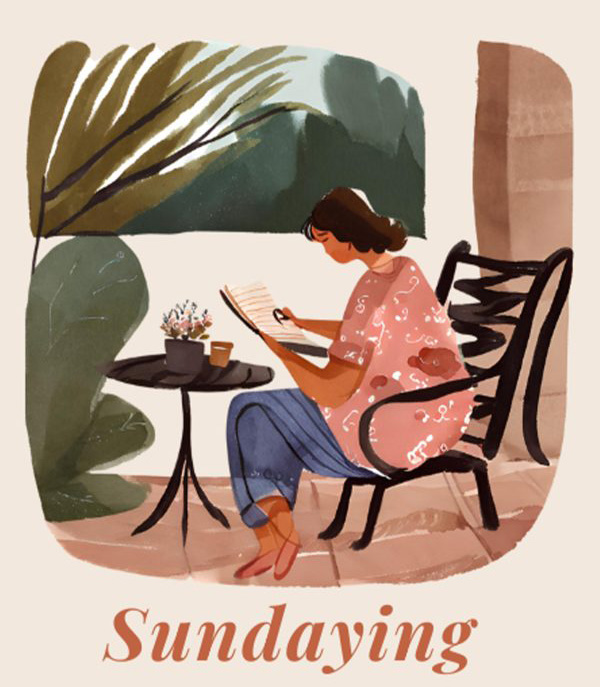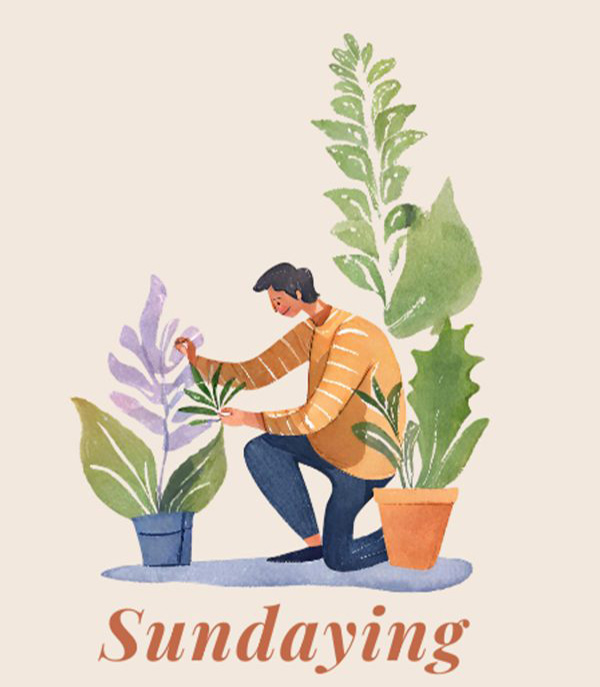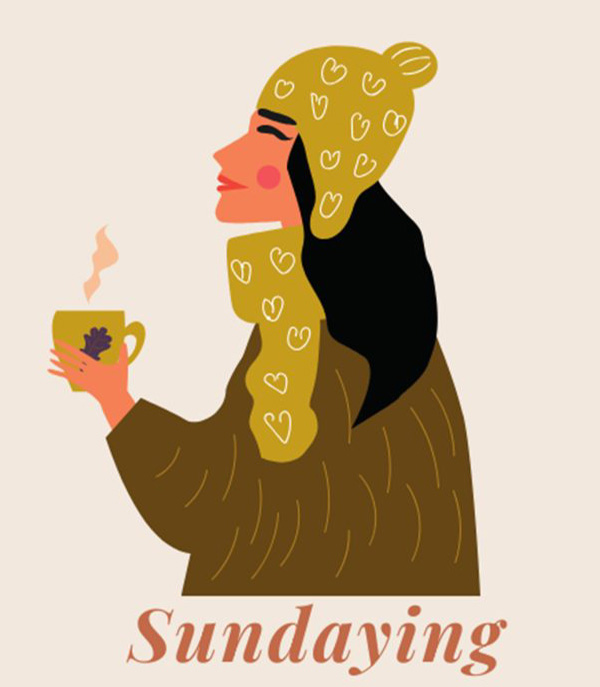Every day our brains collect and store unconscious info. But do you know what we call a learned and productive use of unconscious info to make decisions or take actions? We call it intuition.
Intuition is often disregarded as some mystical force, while it’s actually our ability to access and use unconscious information already in our brain. We use it by feeling it (what we like to call the gut feeling) or by letting our body take physical action.
Yes, you can trust your intuition — if the conditions are right. You need to know when and for what to use it, and when and for what NOT to use it. The best thing we can do for making life decisions is probably to bring the conscious and unconscious together, ensuring that our decisions are both intuitively and logically sound.
Neuroscientist Joel Pearson has identified five essential rules for using intuition, easily remembered by the acronym SMILE:
S: Self-awareness
If you’re feeling emotional, don’t trust your intuition.
We are not so good at understanding where certain feelings come from, so we might think something is intuition when it’s not. For example, if you meet a person at the gym and your “intuition” is telling you that you like them, think twice. Maybe it’s just the workout adrenaline speaking. That’s why increasing one’s self-awareness is crucial for the effective use of intuition. Mindfulness and reflection help us become more attuned to our inner voices and discern genuine intuitive cues from noise or emotional reactions driven by something unrelated.
M: Mastery
The more experience you have, and the more you learn from it, the better you become at using intuition.
Analyzing past decisions can inform future intuition-driven actions. By understanding where intuition has steered us correctly or astray, we can adjust and enhance how we interpret our gut feelings in future scenarios. Remember that your experience is context-specific. If your intuition is helping you at work, it might not work so well in relationships or taking care of your health.
I: Impulses and Addiction
These are not intuition, but can be mistaken for it.
Here’s an example: we’re all scared of uncertainty to some extent. The fear we feel of the unknown is not our intuition telling us something is wrong, it’s an instinct, and instincts are not intuition. Instincts are innate, intuition is learned.
L: Low Probability
Don’t use intuition for probabilistic judgments.
Always try to verify data on whether something has a low probability of happening. Did you know that we’re more likely to die from lightning than a plane crash, but our brains find it easier to imagine a plane crash, making us more afraid of something that has a lower probability of happening? This feeling of fear might seem like intuition, but again, it’s not.
E: Environment
Use intuition only in familiar and predictable contexts.
For instance, use intuition when driving to a new location in your town and you’ll probably get to your destination, but use it when driving in a different country and you probably won’t get far.
THE BOONLY SHOP
These products reflect everything The Boonly stands for
The Boonly has published hundreds of newsletters with resources on self-growth, relationship building, and life enjoyment. So, we’ve bundledup insights, expert advice and community feedback into our products.
Discover more about yourself and others, enjoy personal growth, andbuild better relationships (share some laughs and even good tears along the way)
